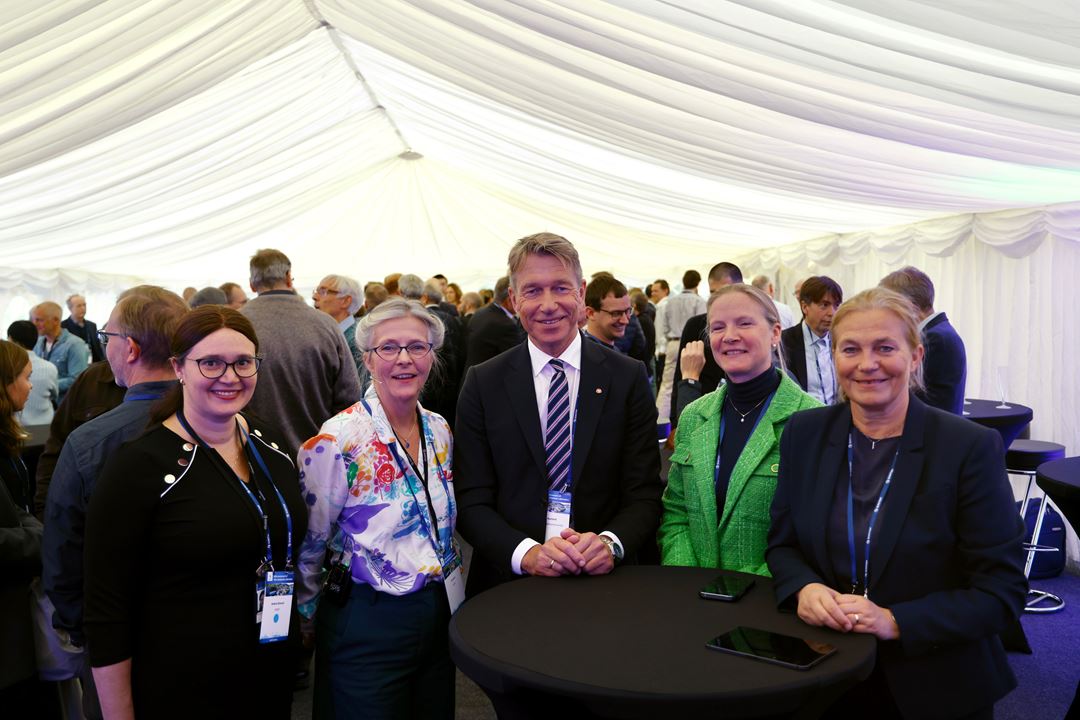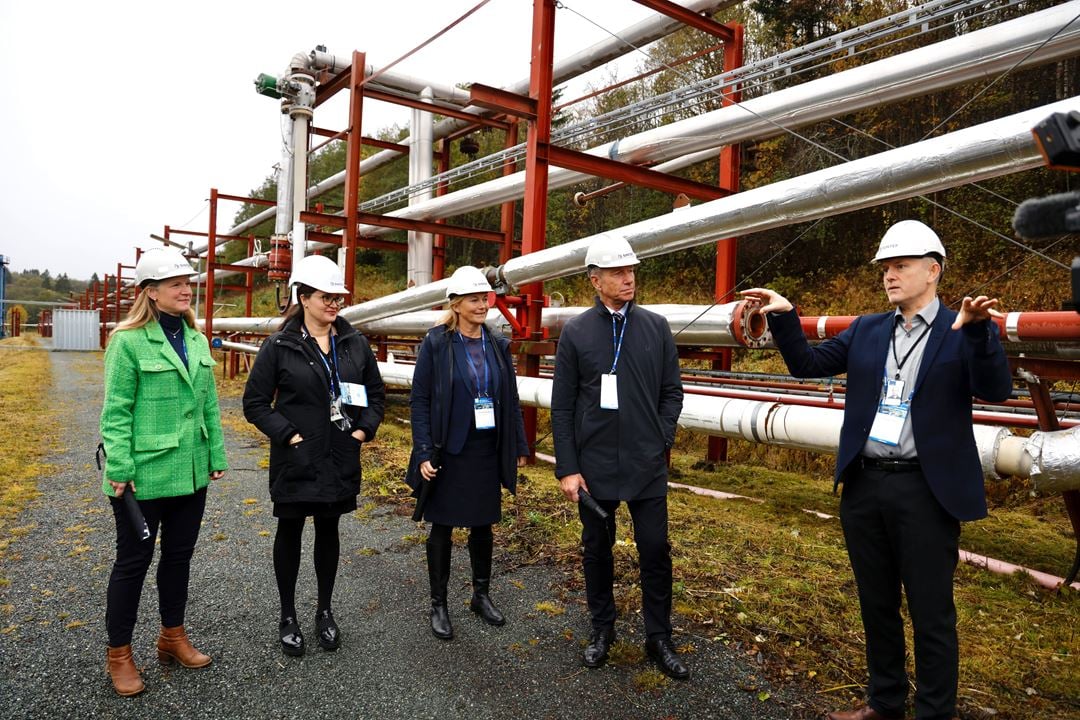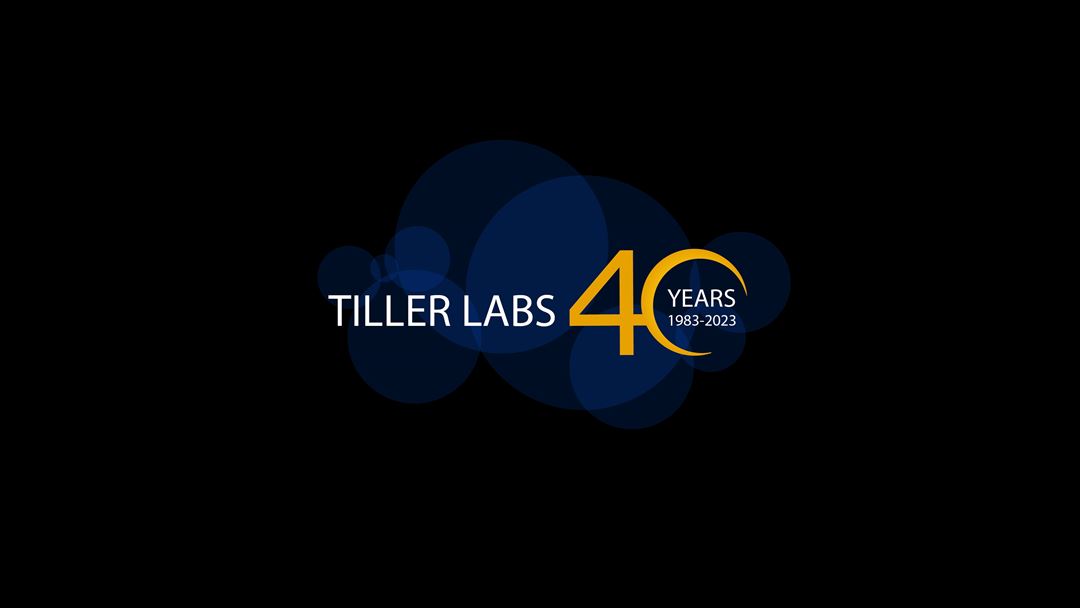The oil and gas industry is currently mobilizing significant efforts to contribute to the energy transition and the green shift. The exploration, production and transport of oil and gas is advanced high technology, and the benefits measured in cost, safety and the environment are many and substantial. Among other things, the need for production and export of Norwegian gas to Europe with minimal CO2 emissions is critical.
On 16 October 2023, the Multiphase Laboratory's 40-year history and importance were celebrated. The multiphase technology has played a key role for the Norwegian oil industry, but also for Norway's economic development. Over the years, multiphase technology has resulted in more than 200 billion NOK in savings for the industry. In 2012, Aftenposten declared the multiphase flow technology as one of Norway's most important inventions after 1980:
– This technology is by far the one that has created the greatest value for Norway. Moreover, it has had a huge positive impact on a much larger value chain. (…) without a game-changer like multiphase, we would risk missing out on major advances in a critical industry, the jury said.

Makes it possible to extract oil and gas offshore by tie-back to existing infrastructure
SINTEF's world-leading expertise, together with our experimental facilities and equipment at the Multiphase Laboratory, has had a direct impact on decisions for the oil and gas industry, providing safer production and major cost savings for companies, as well as important contributions to the environment.
Multiphase transport has made it possible to install fully integrated production facilities on the seabed, also for smaller fields with the use of tiebacks. This has made it possible to extract oil and gas from offshore fields tied to existing infrastructure, and without the high energy consumption and greenhouse gas emissions that the construction of new platforms entails. The technology has also made it possible to develop oil fields that otherwise would not been profitable.
– The development of multiphase technology shows how profitable it is to invest in long-term research. The technology is also an export success and is used worldwide, said the Minister of Petroleum and Energy, Terje Aasland.
"Tiller labs for sustainability"
Today, the laboratory facilities at Tiller consists not only research and development on low-emission oil and gas production. Now the facilities also include CO2 capture, hydrogen technology, energy storage and bioprocesses. Together with the multiphase technology, we can now talk about “Tiller labs for sustainability”, with areas that all represent important initiatives for reaching national and international climate goals – both for the oil and gas sector, but also for several other industries.
Results from the Multiphase Laboratory experiments are for example the reason for Kongsberg Digital's success with the LedaFlow technology, and an important contributor to Equnior´s implementation of underwater construction outside Tanzania.
– In the recent years, the LedaFlow multiphase technology has been further developed on the background of new experiments and a verified multiphase model to handle CO2 transport and modelling of complex phenomena typically arising from injection of CO2 into depleted petroleum reservoirs. The fact that the LedaFlow technology is correct and verified up against available experimental data we see as the key factor for the industry's success with carbon capture and storage, says Lars-Erik Svabø, Global Department Manager Software Development at Kongsberg Digital.
– Experiments carried out at the Multiphase Laboratory provided new and valuable insight into multiphase flow with very low fluid content and high water cuts, both in terms of pressure drop and fluid accumulation. Results from the experiments were used to further develop and verify flow models (OLGA and Ledaflow), and were thus an important contributor to document the technical feasibility of a possible subsea development at 2500 m water depth offshore Tanzania with more than 100 km of multiphase transport directly to an onshore LNG plant, says Henning Hom, senior advisor at Equinor.
A national research infrastructure
SINTEF's facilities at Tiller and the facility at IFE at Kjeller are run as one national research infrastructure. Both laboratories were upgraded with fundings from the Research Council of Norway and financial support from Equinor over the past ten years, and the institutes have collaborated in the field since the first simulator was developed at IFE in the 1980s.
SINTEF's collaborative spirit extends beyond its walls. Over the past four decades, we have collaborated with leading energy operators and technology providers, research institutions, public institutions and academia worldwide.
– Together, we have tackled and contributed to solve complex challenges in the oil and gas industry. We have developed simulators for multiphase flow transport, tested and qualified cutting-edge equipment and production methods, and created various experimental pilots to increase production while reducing operational risks, energy use and costs. Our research is not just theoretical, it directly impacts industrial practices, says Research Manager at SINTEF, Andrea Shmueli and adds:
– We use our 40 years of expertise and experience to offer sustainable solutions for the energy transition. In addition to our O&G activities, we use our expertise in multiphase flow in recently initiated national and international projects in various research areas, such as thermal energy storage, transport and injection of CO2, flow distribution in electrolysers for hydrogen production, transport of hydrogen mixtures in the natural gas network and even efficient plant cultivation in the moon. Such new areas pave the way for very exciting industrial cooperation and research development at Tiller.



